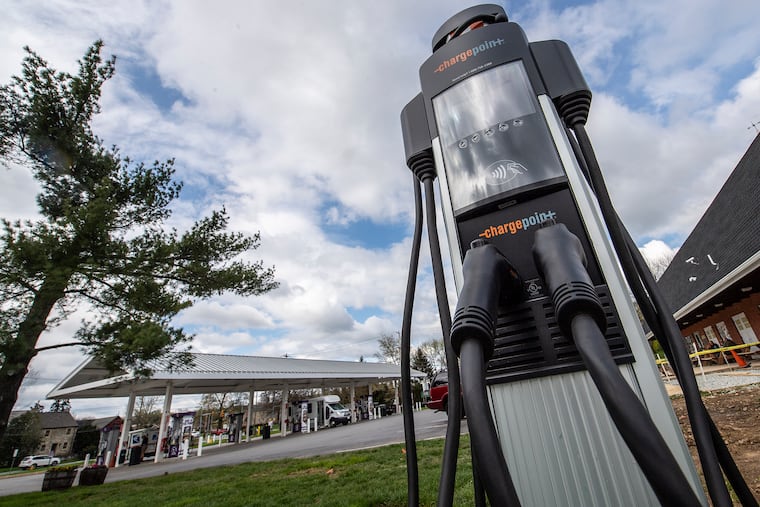Electric cars are coming, and gas stations will have to adjust
Convenience retailers and gasoline stations now have a monopoly in gassing up cars. But that’s going to change with the growing sales of electric cars.

Convenience retailers and gasoline stations now have a monopoly in gassing up cars. But that’s going to change with the growing sales of electric cars.
